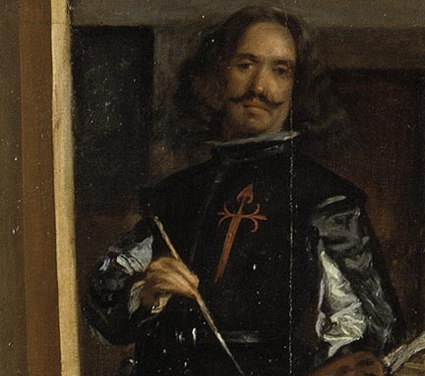Edouard Manet, no mean painter himself, was in no doubt when it came to the question of who was the best of all: Diego Rodriguez da Silva y Velazquez (1599-1660). Manet visited Madrid in 1865 and wrote to his friend, the poet Charles Baudelaire, in a state of high excitement, declaring that “at last I’ve really come to know Velazquez and I tell you he’s the greatest artist there has ever been; I saw 30 or 40 of his canvases in Madrid, portraits and other things, all masterpieces; he’s greater than his reputation and compensates all by himself for the fatigue and problems that are inevitable on a journey in Spain.”
By no means all of the pictures that Manet so admired are present in the National Gallery’s new blockbuster of an exhibition, simply entitled “Velazquez”. The greatest painting of his later years, that complicatedly self-referential depiction of the painter depicting his Spanish Habsburg masters, known as Las Meninas, has, unsurprisingly, been deemed too precious to travel by the authorities at the Prado in Madrid. The vivid portrait of Juan de Pareja, that stunned the assembled artists of Rome, when Velazquez showed it at their annual exhibition in the Pantheon, in 1650, has not been loaned by the Metropolitan Museum in New York. But there are riches enough on display, despite these absences. Forty-plus autograph paintings, amounting to almost half of Velazquez’s surviving work, have been brought together to form what is, in effect, the first ever retrospective of his art. In recognition of the uniqueness of the event, the National Gallery has chosen not to display the works in question in its usual exhibition space, in the basement of the Sainsbury Wing. Instead, four entire galleries of the main building have been cleared for the...


